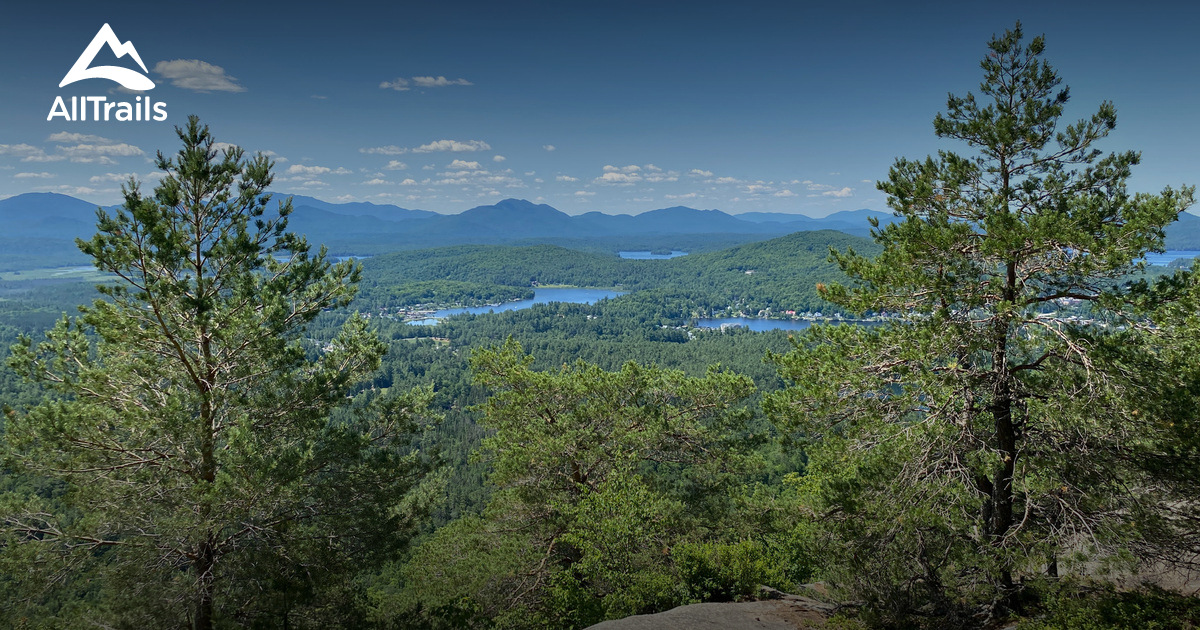The Adirondacks and its vast domain which encompasses many different regions. These regions each have their own draw, whether it’s rolling mountains, jagged peaks, old-growth forests, or shimmering lakes. This makes the region ideal location for recreational activities including swimming, biking, hiking amongst others. In order to educate the next generation on the value of the park, the next generation must be exposed to what the Adirondack Park has to offer from a young age. There are many initiatives to get young kids into nature. With the Adirondacks being a premier place to recreate, summer camps have popped up all over the region with the goal of exposing kids to nature and educating them on it.
Several different institutions help run these summer camps, including Boy Scouts of America, New York State Department of Environmental Conservation (DEC), and the YMCA. The list of camps in the park is extensive, but I’m personally acquainted with a few of them. The first of which I will mention is Camp Chingachgook, a YMCA camp located at Pilot Knob on Lake George. My experience with this camp is not one that a typical camper would have due to the fact that we attended with our middle school and our “counselors” were in fact our very own teachers. Although it wasn’t a normal summer camp experience, the experience with nature was still there. Its location on Lake George allows for campers to recreate in the water, around the camp on land, or deeper in the woods of the Lake George State Forest.

[https://www.dec.ny.gov/education/1877.html]
The other camps which I have been to are run by the DEC. One of which is is Camp Colby which is located just north of Saranac Lake on Lake Colby. Camp Colby’s location at the edge of a large Adirondack town and the forest allow for campers to feel within nature without feeling uncomfortable. The camp offers hiking, swimming, paddling, and overnight trips on its own property, while still being within view of the local hospital. The opportunities there allow for campers to learn valuable lessons like constructing lean-tos, starting a fire, and cooking food over the fire. Another DEC camp in the Adirondacks is Camp Pack Forest, which is a few miles north of Warrensburg. This being a state-run camp as well, it offers similar activities to Camp Colby, although in a more isolated environment. The opportunities presented to children by summer camps allow them to be better educated on the environment, nature, and activities within it while still enjoying themselves.
Works Cited
“Camp Colby.” Camp Colby – NYS Dept. of Environmental Conservation, https://www.dec.ny.gov/education/1877.html.


:max_bytes(150000):strip_icc()/GettyImages-585742147-59ea583d845b340011e53b24.jpg)







